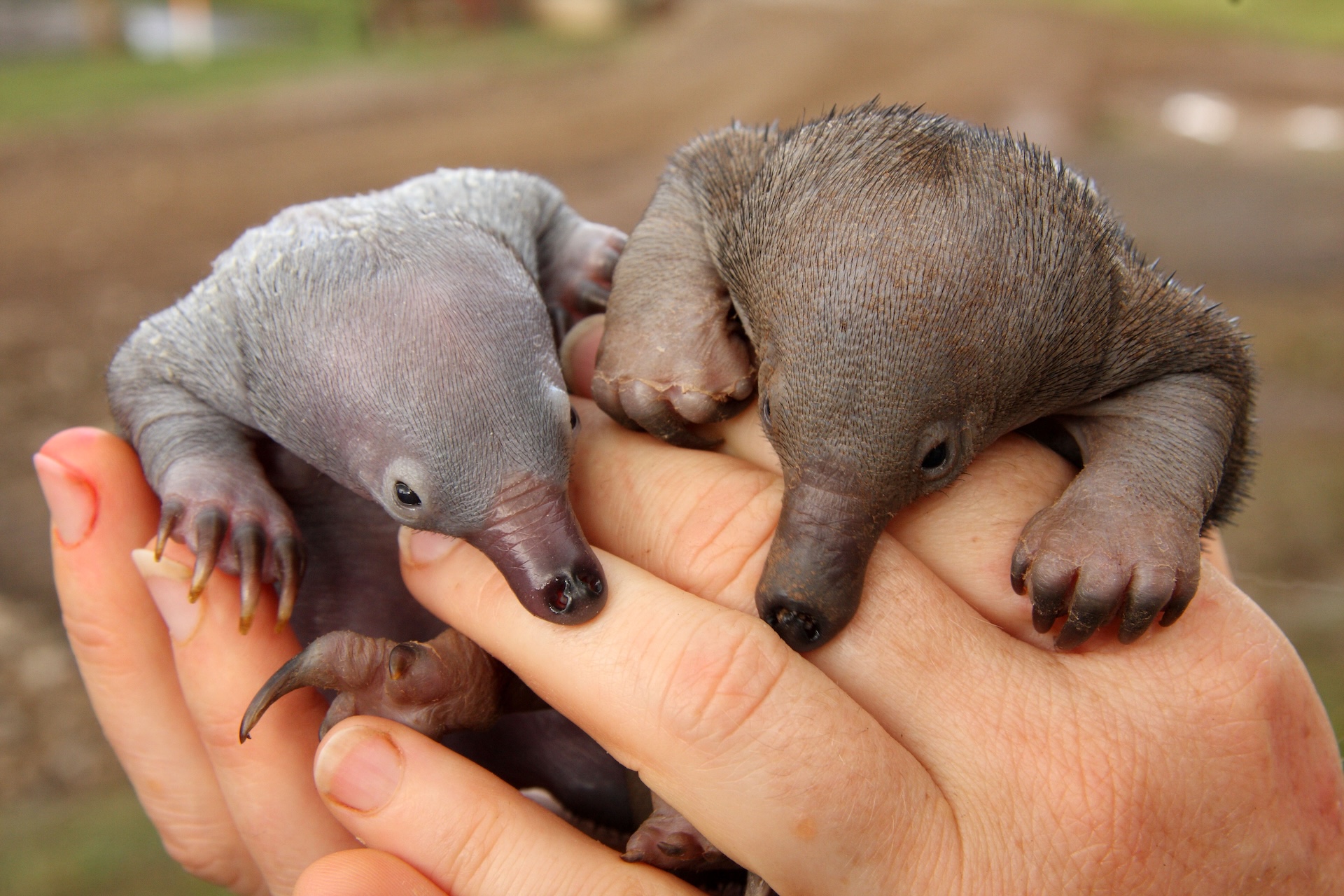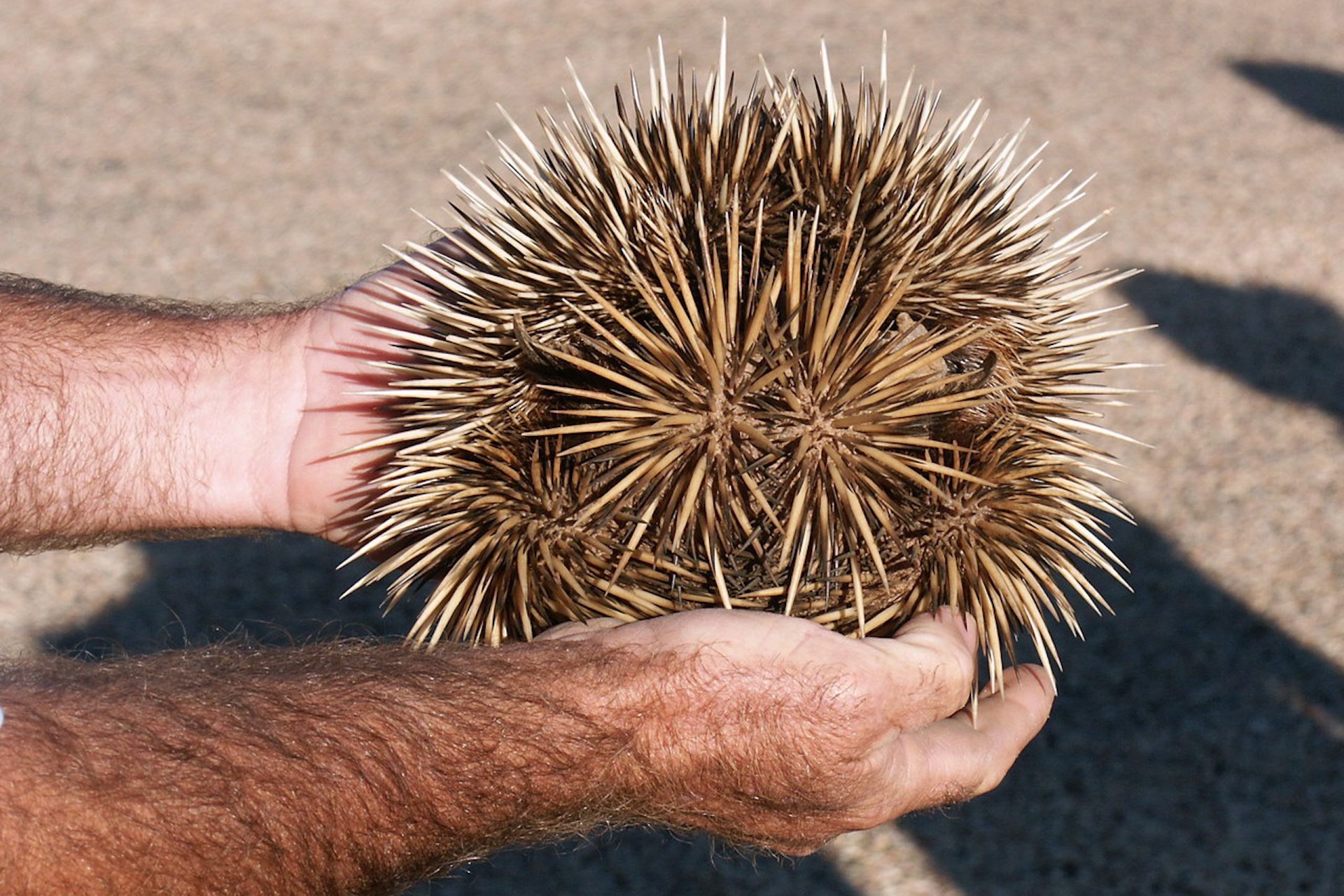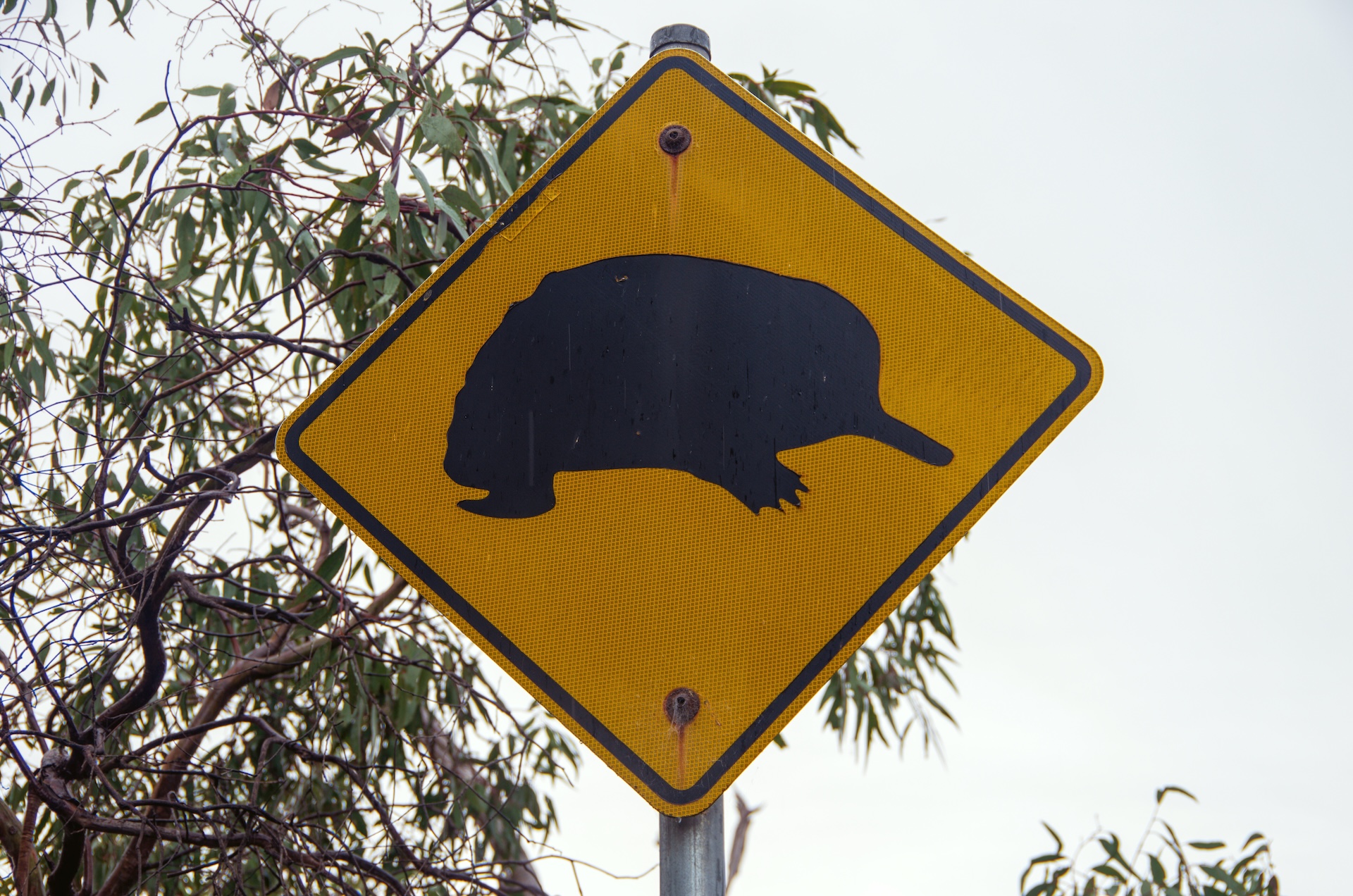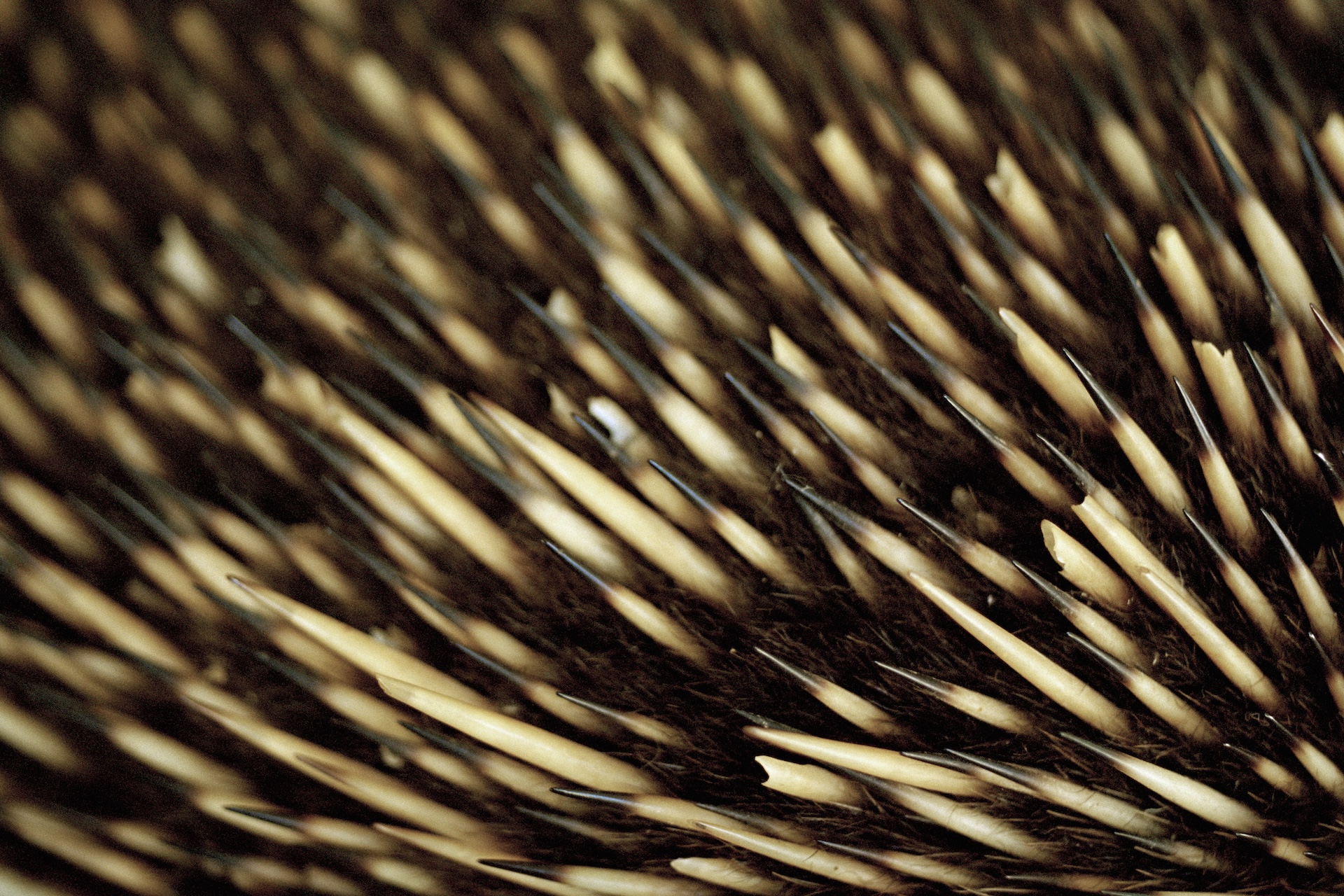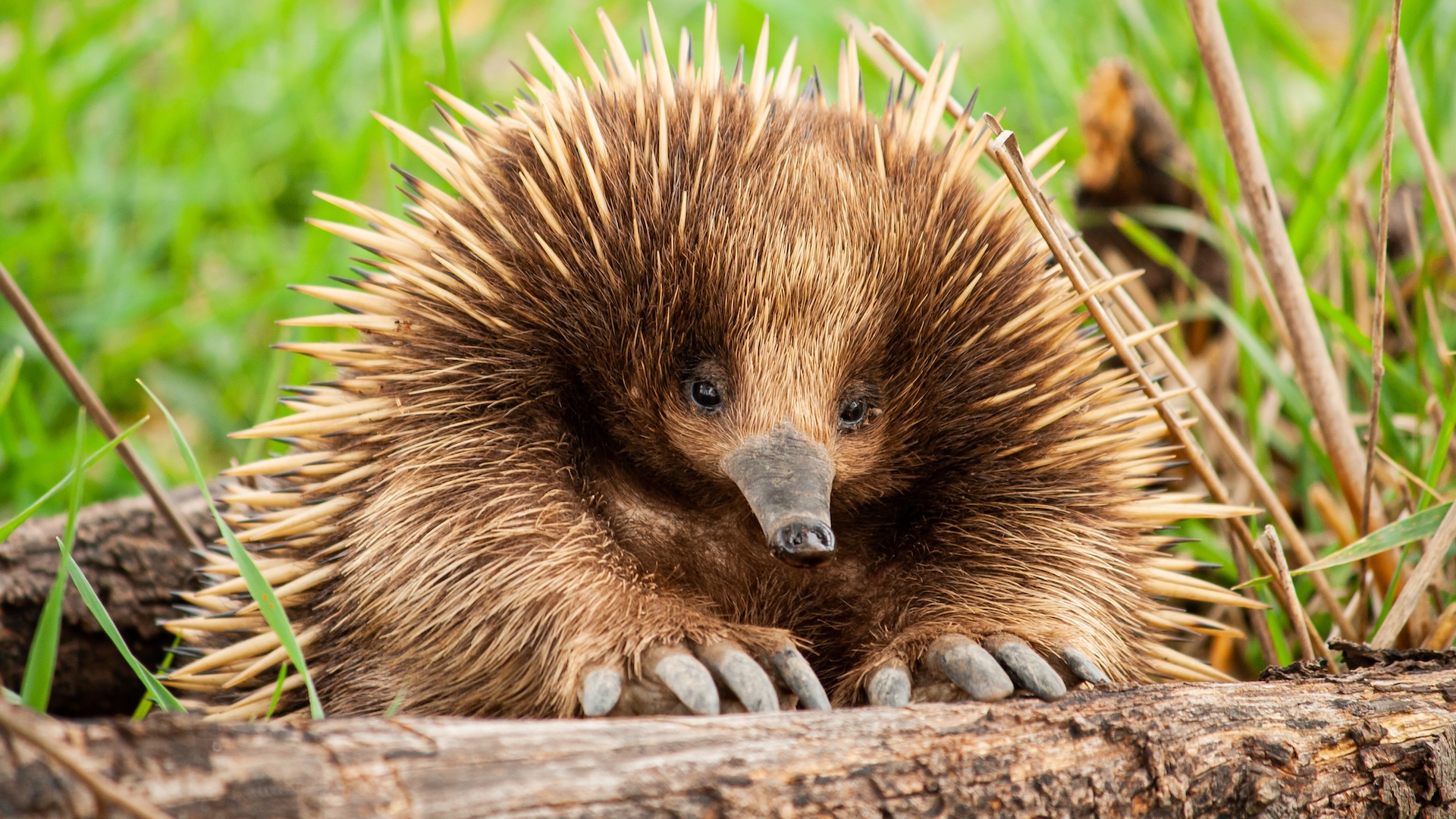
Where they live: Australia, Tasmania and New Guinea
How long they live: 30 to 40 years in the wild, and up to 50 years in captivity
How long their tongues are: 7 inches (17 centimeters)
Echidnas, also called spiny anteaters, are some of the weirdest mammals in the world. They're among the only mammals that don't give birth to live babies, and they also carry their young in a pouch. Echidnas can grow up to 20 inches (52 centimeters) in length, weigh up to 13 pounds (6 kilograms) and have long snouts, tongues and claws. There are four species of echidna that are alive today — one species of short-beaked echidna and three species of long-beaked echidnas. Read on to learn more fun facts about these strange, spiky animals.
5 fast facts about echidnas
- Echidna spines are actually a special type of hair.
- Echidnas don't have very good vision, but they have a strong sense of smell and hearing.
- When they feel threatened, echidnas will roll into a ball so that only their spiky back is exposed.
- Echidnas use their short legs and big claws to root for bugs, and to dig hiding spots from predators.
- During mating season, multiple males will form a "train" behind one female echidna until she chooses a mate.
Everything you need to know about echidnas
Do echidnas lay eggs?
Like platypuses, echidnas are monotremes, which means they're mammals that lay eggs. Echidnas lay one egg at a time, and those eggs take 10 to 14 days to hatch. Baby echidnas are called puggles. When they hatch, puggles are completely hairless, blind and about the size of a jelly bean. Puggles spend the first few months of their lives inside their mother's pouch, until they develop their own spines and start to venture out into the world on their own.
Are echidnas venomous?
Male echidnas have similar spurs on their hind legs to platypuses. While platypuses' spurs are venomous, echidnas' spurs are not. Male platypuses use their spurs as a weapon to help them fight other males during breeding season. Echidnas take a more nonviolent approach; their spurs release a waxy substance that may help them communicate during mating. Based on evidence from DNA and fossils, researchers think that echidnas were once venomous, but their spurs lost their venom after millions of years of evolution.
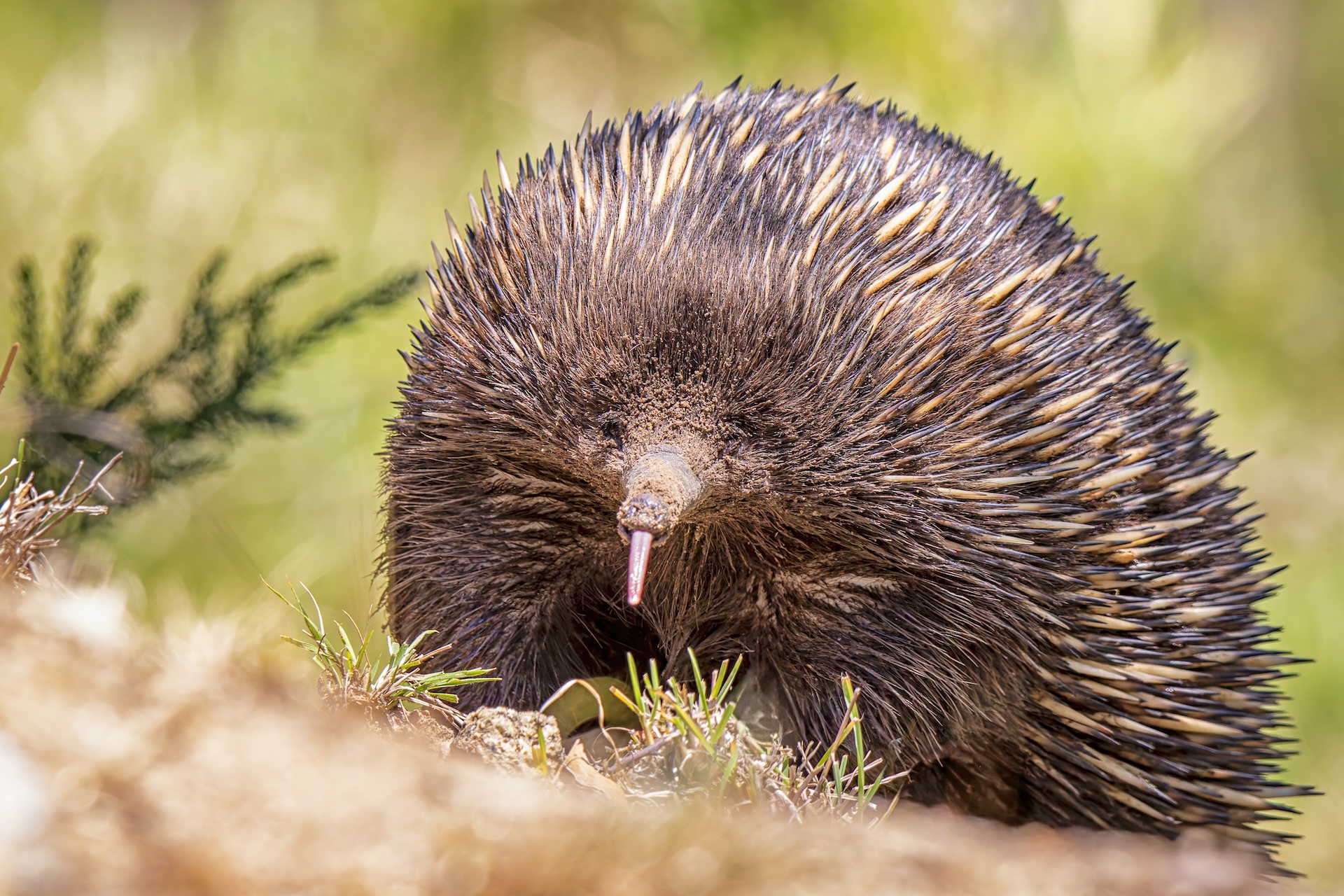
Are echidnas related to hedgehogs or porcupines?
No, echidnas aren't closely related to hedgehogs or porcupines. While all of these animals have spines or quills, they are very different. Echidnas are monotremes, and their closest relative is the platypus, another egg-laying mammal. Porcupines, on the other hand, are rodents. Echidnas can't eject their spines the way that porcupines can, either.
What do echidnas eat?
Echidnas love to eat ants and termites, and they tend to look for food during the mornings and evenings to beat the heat. Echidnas don't have any teeth, so they slurp up these bugs with their long, sticky tongues and grind them apart against the roof of their mouth.
Echidna pictures
